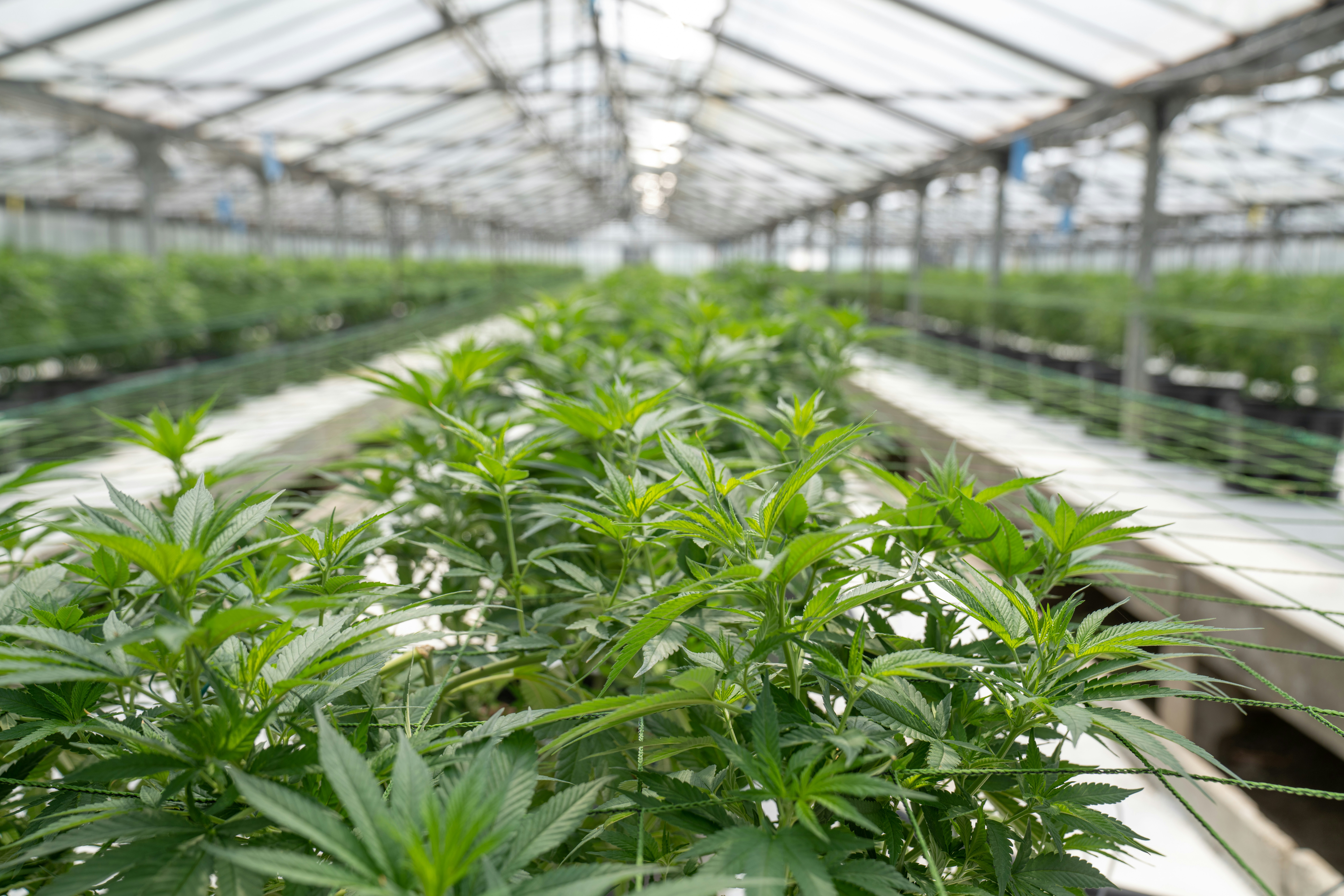Laboratory Testing and Chemical Use in the Cannabis Industry
The legal cannabis industry continues to grow rapidly, and with it comes a demand for precise laboratory testing to ensure product quality, safety, and regulatory compliance. Whether it's for recreational, medicinal, or industrial hemp products, cannabis testing laboratories rely on high-purity chemicals and specialized techniques to analyze cannabinoid content, terpene profiles, contaminants, and potency.
This guide covers the key laboratory tests used in the cannabis industry and the essential chemicals required for reliable analysis and product development.
Why Cannabis Testing Is Critical
Cannabis products must meet strict safety and quality standards. Testing ensures that products are:
-
Free from harmful contaminants (e.g., heavy metals, pesticides, mold)
-
Accurately labeled for potency (THC/CBD levels)
-
Compliant with state and federal regulations
-
Safe for medical and recreational use
Common Laboratory Tests in Cannabis Testing
1. Cannabinoid Potency Testing
Potency testing determines the concentrations of key cannabinoids like THC, CBD, CBN, and others.
Common Techniques:
-
High-Performance Liquid Chromatography (HPLC)
-
Gas Chromatography (GC)
Chemicals Used:
-
Methanol, acetonitrile, and isopropanol (for sample extraction and dilution)
-
Formic acid or phosphoric acid (as modifiers in HPLC)
-
Standard reference solutions (for THC, CBD calibration)
2. Terpene Profiling
Terpenes influence the aroma, flavor, and therapeutic effects of cannabis. Profiling is important for product formulation and marketing.
Common Techniques:
-
Gas Chromatography–Mass Spectrometry (GC-MS)
-
Solid-phase microextraction (SPME)
Chemicals Used:
-
Hexane (non-polar solvent for extraction)
-
Internal standards like toluene or benzene-d₆
-
Carrier gases (helium or nitrogen)
3. Residual Solvent Analysis
Solvent extraction methods (e.g., for cannabis oil) may leave trace amounts of solvents. Testing ensures these levels are below legal limits.
Common Techniques:
-
Headspace GC
-
GC-MS
Chemicals Used:
-
Acetone, butane, ethanol, heptane (tested solvents)
-
Internal standards for quantitative accuracy
4. Pesticide Residue Testing
Pesticides pose health risks if not removed from the final product. State regulations often require testing for dozens of different residues.
Common Techniques:
-
LC-MS/MS and GC-MS/MS
-
QuEChERS extraction method
Chemicals Used:
-
Acetonitrile (extraction)
-
Magnesium sulfate and sodium acetate (salting out)
-
Graphitized carbon black (GCB) (cleanup)
-
Certified pesticide standards
5. Microbial Contamination Testing
Pathogenic bacteria, fungi, and mold can contaminate cannabis and harm consumers. Microbial testing ensures safety and shelf stability.
Common Tests:
-
Total yeast and mold count (TYMC)
-
E. coli and Salmonella detection
-
Aspergillus screening
Chemicals Used:
-
Agar media (e.g., PDA, TSA, EMB)
-
Sterile saline solution
-
DNA extraction kits for qPCR methods
-
Nutrient broths and dyes for colony growth
6. Heavy Metals Testing
Heavy metals like lead, arsenic, mercury, and cadmium may accumulate in cannabis from soil. Testing ensures they’re below toxic thresholds.
Common Techniques:
-
ICP-MS (Inductively Coupled Plasma Mass Spectrometry)
-
AAS (Atomic Absorption Spectroscopy)
Chemicals Used:
-
Nitric acid (HNO₃) and hydrochloric acid (HCl) (for sample digestion)
-
Hydrogen peroxide (H₂O₂) (oxidizing agent)
-
Certified reference standards for metals
7. Moisture Content and Water Activity
Controlling moisture prevents microbial growth and extends shelf life. These tests also impact product classification and packaging.
Methods Include:
-
Karl Fischer titration
-
Infrared drying
-
Water activity meters
Chemicals Used:
-
Methanol (Karl Fischer reagent)
-
Desiccants (for storage and analysis)
Common Chemicals Used in Cannabis Labs
| Chemical Name | Primary Use in Cannabis Testing |
|---|---|
| Acetonitrile | Cannabinoid & pesticide extraction (HPLC, LC-MS) |
| Methanol | Solvent in potency, moisture, and residue testing |
| Hexane | Terpene and residual solvent analysis |
| Nitric acid | Heavy metal digestion |
| Isopropanol | Sample prep and cleaning |
| Hydrogen peroxide | Sample oxidation for metal testing |
| Toluene | Internal standard for GC |
| Magnesium sulfate | QuEChERS cleanup method |
| Sodium acetate | Salting out pesticides |
Serving Cannabis Testing Labs Across California
At 949 Chemical, we proudly support licensed cannabis laboratories across San Diego, Orange County, Los Angeles, and Santa Barbara. Our high-purity reagents meet the most stringent regulatory standards for cannabis testing, ensuring accurate, compliant, and safe laboratory operations.
We offer:
-
Analytical-grade solvents
-
Certified reference materials
-
HPLC and GC reagents
-
Microbiological media and buffers
-
Customized chemical sourcing for cannabis labs
Conclusion
Laboratory testing is the backbone of a transparent, safe, and compliant cannabis industry. Whether it’s analyzing cannabinoid potency, detecting contaminants, or profiling terpenes, each test requires the precision of expertly formulated chemicals. As a trusted supplier to cannabis labs, 949 Chemical ensures you have access to the reagents and solvents necessary for high-performance analysis and product safety.
Looking for a dependable chemical supplier for your cannabis testing facility? Contact us today to learn more about our products and services tailored to the cannabis industry.

